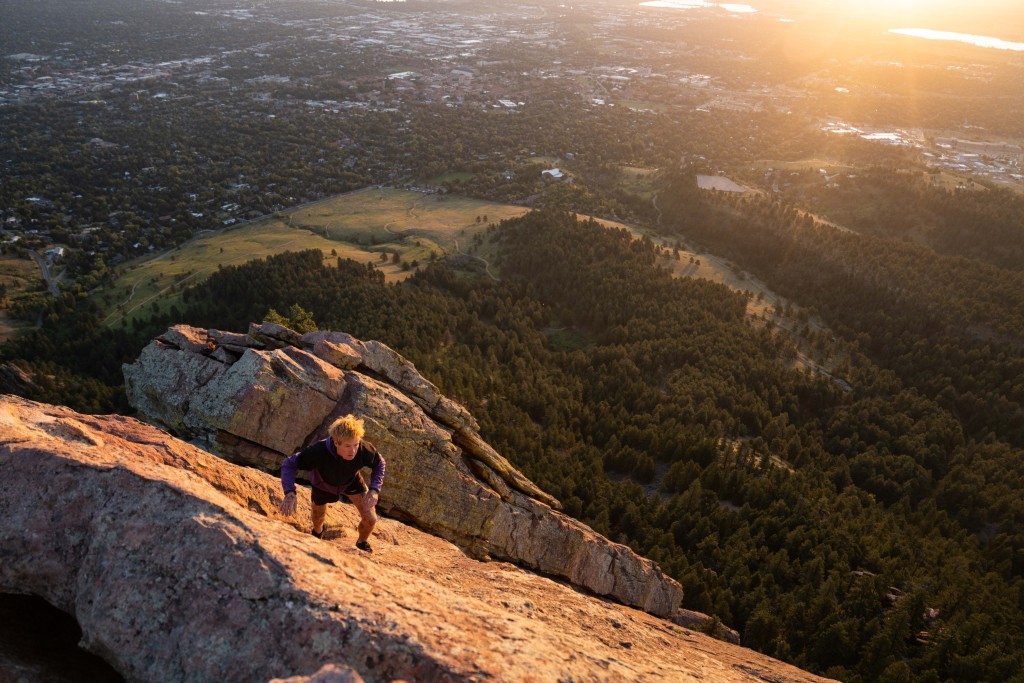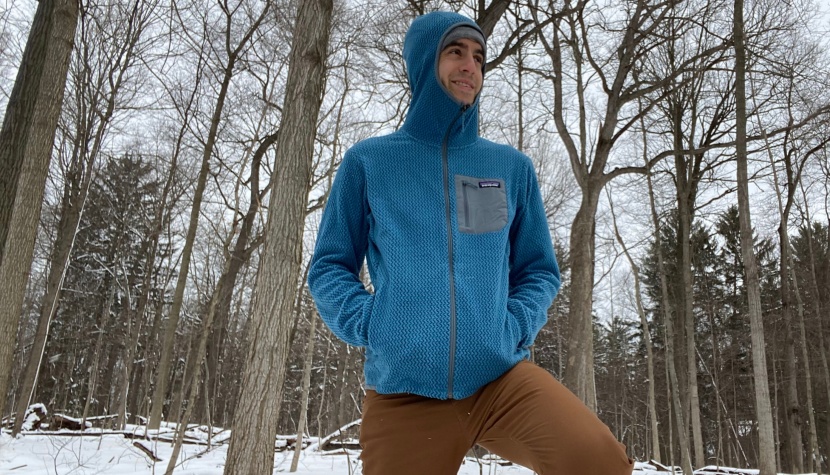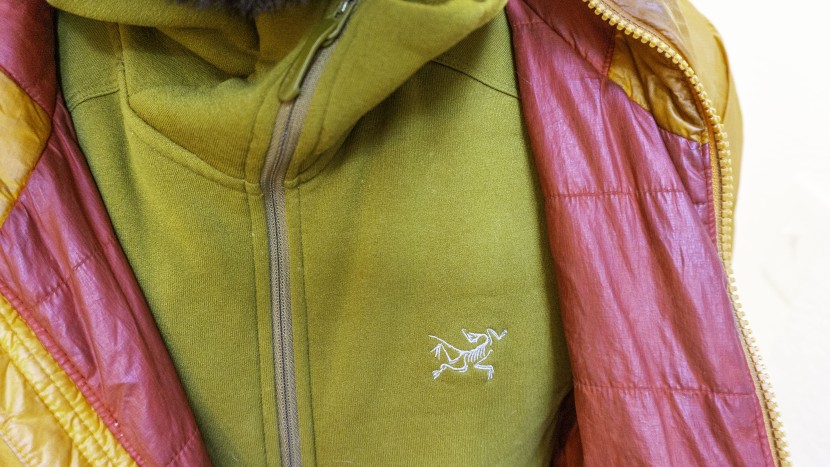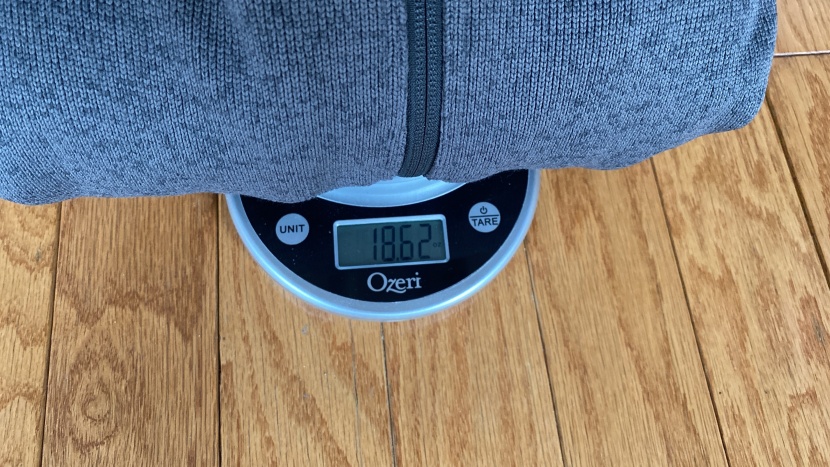After extensive research, we select the most promising fleece jackets and test them in the wild. We then bring them into the lab for more objective tests in controlled environments. We put each model through its paces, wearing them while skiing, climbing, backpacking, and just walking the dog around the block. Our testers assessed these jackets while wearing them in a variety of climates, from the Rockies to the Sierra Nevada and all the way over to New England.
We tested each jacket side-by-side and then compared the results. After our testing phase, we rated each model based on its performance for five metrics: warmth, comfort, breathability, layering ability, and weight.
Warmth
We assess warmth by hiking, running, scrambling, and climbing in various weather. From warm, sunny days to cold, rainy nights, we wore each fleece during early morning scrambles, late evening hikes, and afternoons heading to the gym. We hiked hard uphill and then made casual downhill strolls during windy evenings, foggy afternoons, and rainy mornings. Indoors, we also measured each jacket's level of heat retention by tracking how long it took water to cool when tucked in the sleeve of the jacket. We also took a high-powered fan to judge the fleece's ability to withstand wind gusts.
Comfort
We noted how each fleece felt on the body to evaluate each model's fit and comfort. We compared the fit and feel when the fleece was brand new and after a reasonable break-in period. We noted any irregularities in the material, the patterning, or features like zippers, hoods, and pockets and how they felt against the skin and while in use. We also assessed mobility, stretching, reaching, and bending to note any areas where the fabric was too loose and bunchy or too tight and restrictive.
Breathability
For our breathability scores, we ran up hills, skinned up mountains, climbed long routes, bouldered with friends, and took long walks. We paid close attention to the moisture-wicking ability of the material and the fleece's design for how well the piece breathed. For controlled testing, we walked the same incline for a set period and timed how long it took to cool down while wearing each jacket.
Layering Ability
To understand each jacket's ability to layer well with others, we tried each fleece over a long-sleeve base layer, over and under a second fleece, and under a waterproof shell and puffy jacket. We tested how well they moved while running, skiing, and climbing to determine if each garment bunched uncomfortably. We ranked how well each garment functioned individually and paired with other pieces.
Weight
This one is pretty straightforward. We pulled out our scale and weighed each model. We also assessed the packed volume of each jacket by putting them in a container of known volume and judged how well they packed down into a backpack during field testing.




